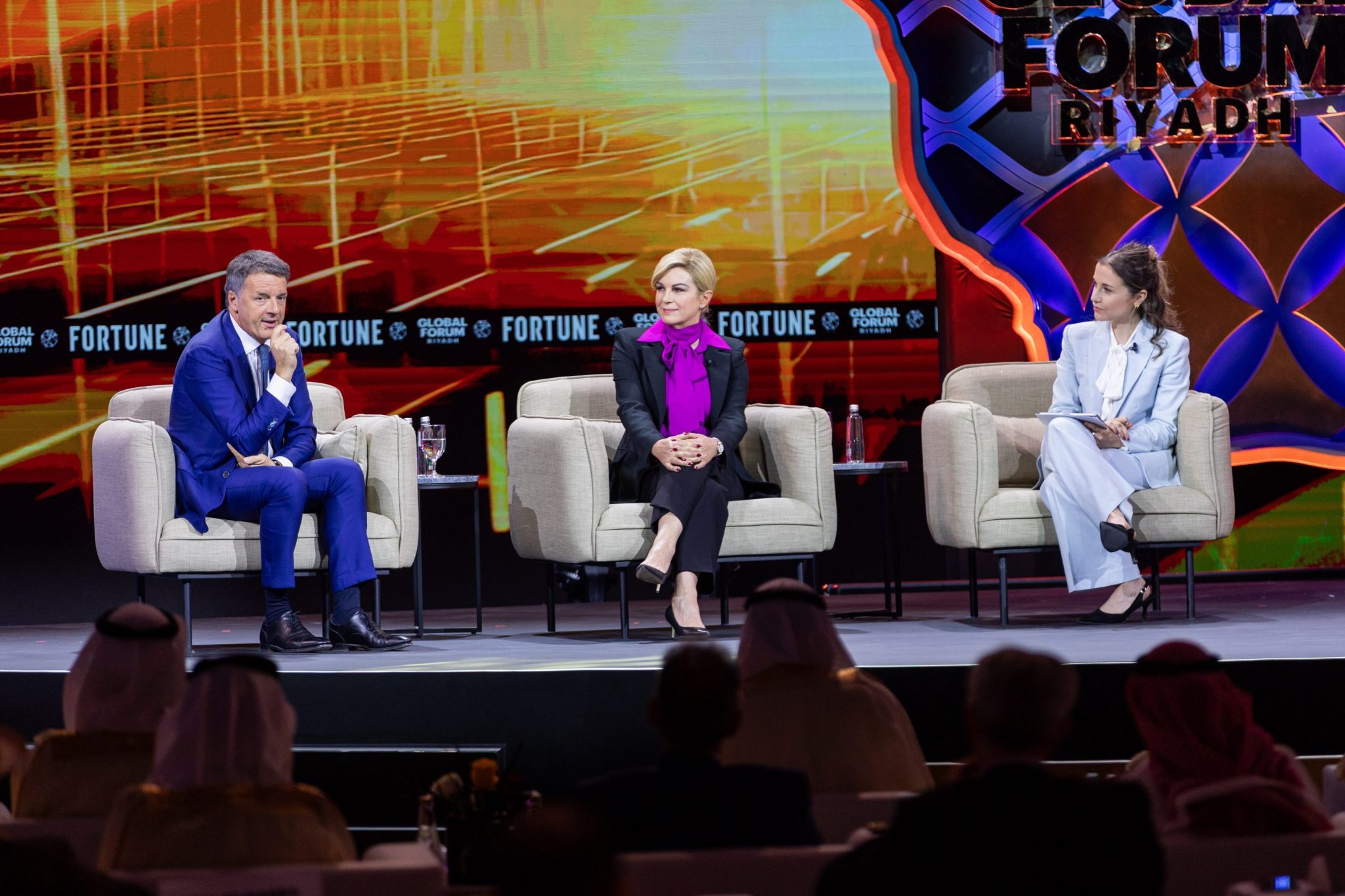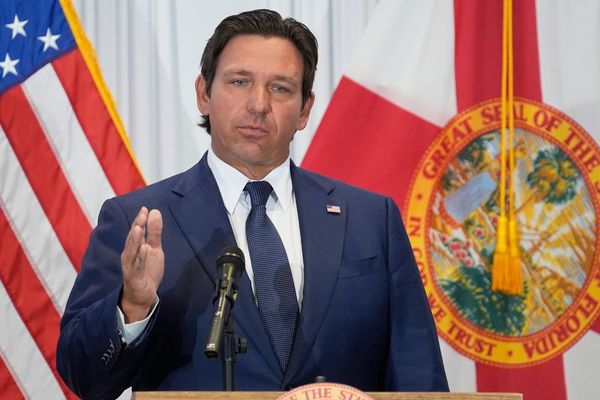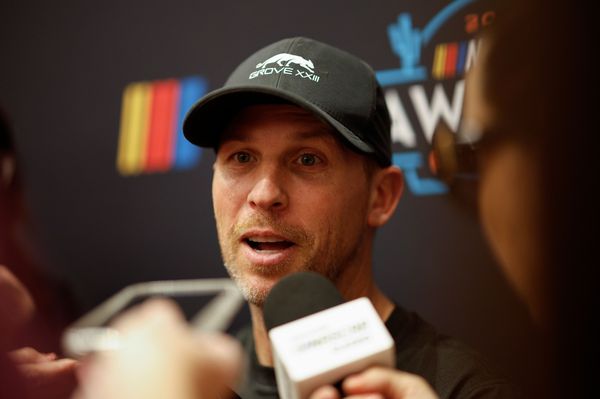
Europe in 2025 is walking a tightrope: It is the site of a major conflict between Russia and Ukraine, it is juggling its own autonomy while maintaining its special relationship with the power that is the United States, and it is working out how to ride the AI wave while keeping the technology in check.
Leaders of Europe have tough choices ahead warned Croatia’s former president, Kolinda Grabar-Kitarović, on stage at Fortune Global Forum in Riyadh this weekend. Their decisions during this “inflection point,” she said, will determine whether the region sinks or swims.
“This is the moment of taking existential choices that are ahead of us,” Grabar-Kitarović said. Those choices “will determine whether Europe will continue and build itself as a global player or it will become a geopolitical playground.”
Those factors are well known. Grabar-Kitarović, who led the Croatian nation between 2015 and 2020, said for “way too long” Europe has been overly dependent on its relationship with the U.S. for its security and defense needs.
“I witnessed personally the very famous moment at the NATO summit in 2018 when President Trump threatened to walk out, and I have to say that I fully agree with what he said at the time,” she added.
She explained: “He said: ‘How do you expect me to go back to America and justify to the American people why the United States is spending billions of dollars on European defense, whereas Europe is not living up to its commitments to spend, at the time, 2% of the GDP, when Europe is paying billions of dollars for cheap Russian gas and energy?'”
Trump has threatened to withdraw from NATO on several occasions, but the U.S. is yet to step back from the alliance. Upon his return to the White House this year, President Trump increased focus on what European nations were spending on defense and called for raising the 2% GDP commitment to defense spending.
His request was granted: In June this year, The Hague announced that its allies had committed “to invest 5% of GDP annually on core defense requirements as well as defense-and security-related spending by 2035 to ensure our individual and collective obligations.”
However, the seven-year delay between the call from Trump and action from NATO should have been swifter, said Grabar-Kitarović. The 2018 threat “should have been a wake-up call” she explained: “However, we spent the years in-between the two Trump mandates discussing mostly how we’re going to Trump-proof the relationship if it comes back—and we knew he was going to come back with a vengeance. So what we should have done is to actually prove it with the measures and action that are aimed at providing for our own defense.”
In a similar vein to warnings about President Trump’s ‘America First’ strategy, Grabar-Kitarović added: “Strategic autonomy does not mean strategic solitude, so it’s not about decoupling, it’s actually being a partner to the United States and contributing to our security and defense.”
Can Europe achieve strategic autonomy?
With the European Union’s GDP growing at a slower rate than that of larger global power players (it was up a measly 0.1% in the second quarter of 2025) the question remains whether Europe—even with its increased spending on defense—will ever be able to achieve true independence.
Speaking on the same panel at Fortune Global Forum was Italy’s former prime minister Matteo Renzi. He said he feared Europe had “lost her momentum.”
“I believe in Europe,” he said. “I’m a dreamer, I believe in the United States of Europe.” But he continued the region has become “a place of bureaucracy,” explaining: “Our problem in Brussels [is] over-regulation, the lack of vision, and the lack of desire [for] the future. And that I think is the priority.
“Then we can decide a single strategy for … innovation issues, but the question is what type of mission Europe wants to have in the global” order, he added.







